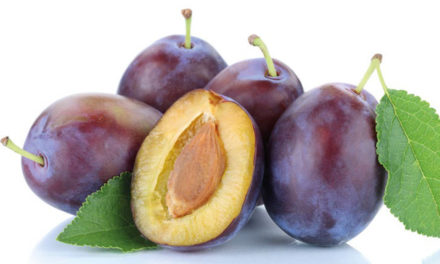Fayaz Ali 1, Narayan S Hosmane 2,* and Yinghuai Zhu 1,*
1 School of Pharmacy, Macau University of Science and Technology, Avenida Wai Long Taipa, Macau 999078,
China; afayaz@must.edu.mo
2 Department of Chemistry and Biochemistry, Northern Illinois University, DeKalb, IL 60115, USA
* Correspondence: hosmane@niu.edu (N.SH.); yinghuaizhu2016@gmail.com (Y.Z.); Tel.: +853-8897-2853 (Y.Z.)
Abstract
Boron compounds now have many applications in a number of fields, including Medicinal Chemistry. Although the uses of boron compounds in pharmacological science have been recognized several decades ago, surprisingly few are found in pharmaceutical drugs. The boron-containing compounds epitomize a new class for medicinal chemists to use in their drug designs. Carboranes are a class of organometallic compounds containing carbon (C), boron (B), and hydrogen (H) and are the most widely studied boron compounds in medicinal chemistry. Additionally, other boron-based compounds are of great interest, such as dodecaborate anions, metallacarboranes and metallaboranes. The boron neutron capture therapy (BNCT) has been utilized for cancer treatment from last decade, where chemotherapy and radiation have their own shortcomings. However, the improvement in the already existing (BPA and/or BSH) localized delivery agents or new tumor-targeted compounds are required before realizing the full clinical potential of BNCT. The work outlined in this short review addresses the advancements in boron containing compounds. Here, we have focused on the possible clinical implications of the new and improved boron-based biologically active compounds for BNCT that are reported to have in vivo and/or in vitro efficacy.
Keywords
boron chemistry; boron-containing compounds; boron cluster; carborane; boron neutron capture therapy; boron delivery agents for BNCT; medical applications






